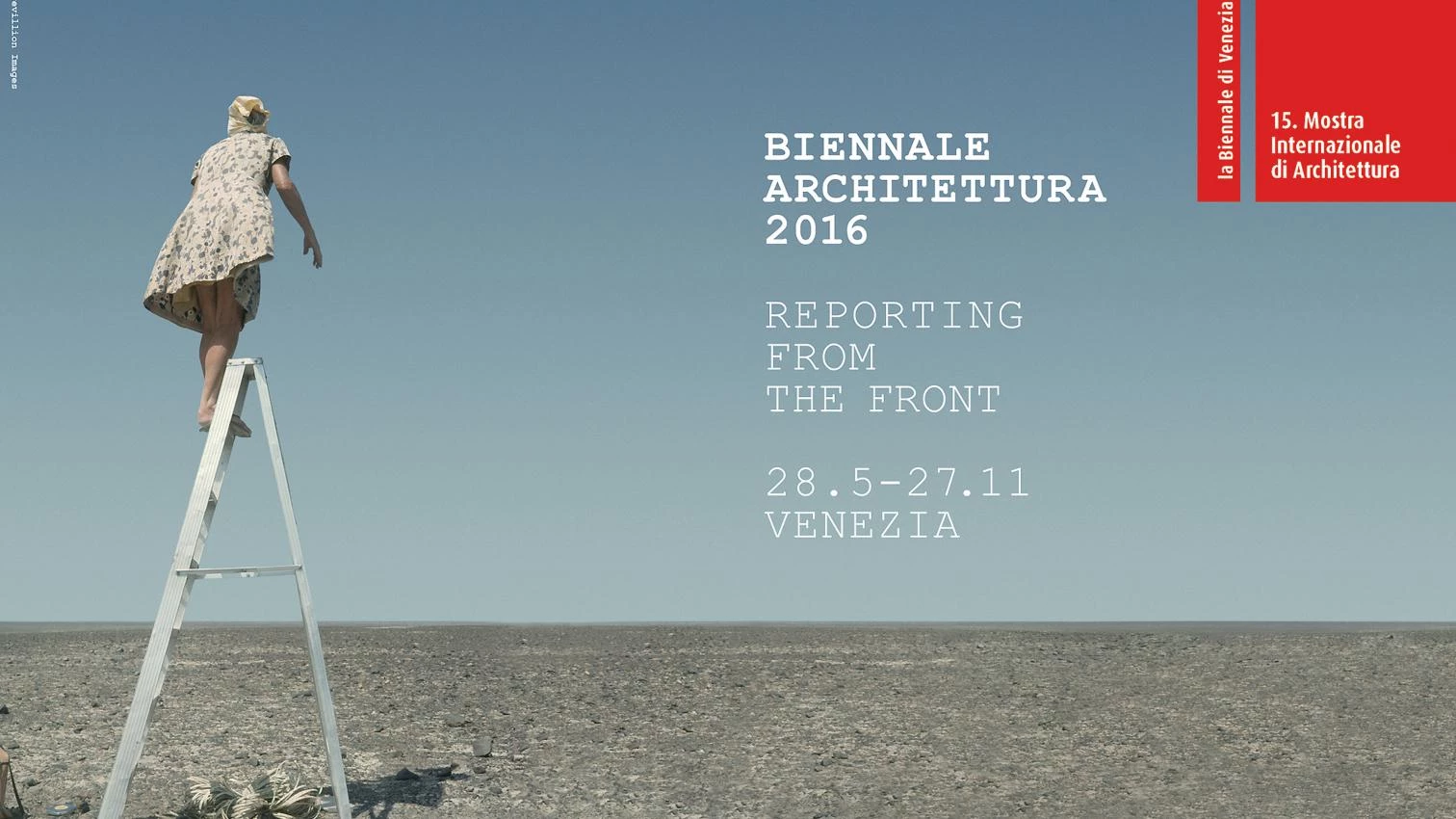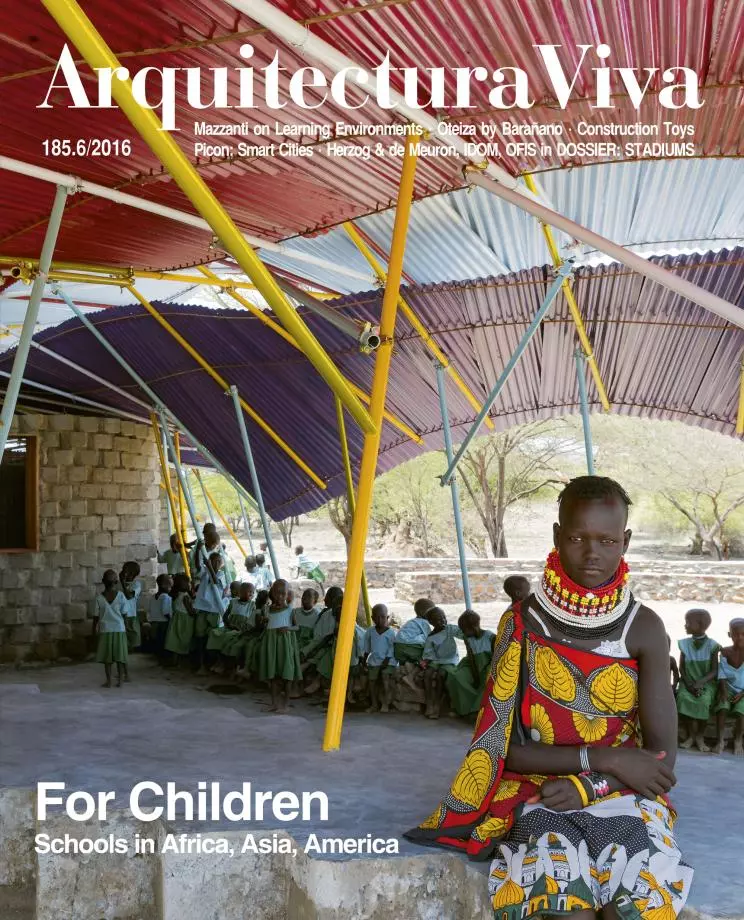
The inauguration of the fifteenth Venice Architecture Biennale, curated by the Chilean architect Alejandro Aravena, took place last 28 May. It was no simple matter to surf in the wake of the previous edition – not in vain dubbed ‘Koolhaas’s Biennale’ – but Aravena’s youth (born in 1967) and undeniable charisma, his recent Pritzker Prize win, and the unquestionable relevance of his work in today’s context have together generated expectations that this year’s title – ‘ Reporting from the Front’ – has only further increased, helped by an evocative poster that shows the geologist Marie Reiche on top of a ladder in the middle of a desert, perhaps making out the approach of an improbable enemy but also discerning, in the patterns traced on the sand, what from below is invisible. What has such an allusion to both war and geology yielded? A selection of experiments that seeks to break the bounds of the usual formal or typological approaches of mass shows of this nature, and address problems that seem to pertain, now more than ever before, to the occupation of the architect: growth, migrations, traffic, injustice, social housing, pollution, and so on. These are themes that, as Aravena stated at the Pritzker awarding ceremony held in April, have to do with “life itself,” architecture not only being, he said, a matter of steel, bricks, or wood, and which present the vanguard from the rearguard, so to speak. Reactions to the exhibition have been largely positive, though there are voices ringing from the Anglo-Saxon world that have found it biased towards Latin American architecture.






